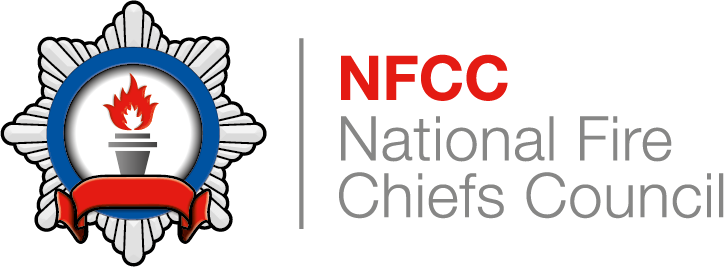The rescue should be supported by a plan that considers:
- The level of injuries to the person and overall threat to life
- Whether the person requires, or would benefit from, immediate medical attention and if so, whether this can be provided prior to their extrication
- Whether the rescue will require the use of tools or equipment
The plan should be communicated to personnel and may entail:
- Providing immediate medical attention
- The need for the immediate or emergency release of the personin water
- How to minimise trauma to the person in water during their rescue
- Rescue of the person without the use of tools or equipment
- More detailed and lengthier extrication, using appropriate tools and equipment
The hazards of rescuing a person in water will reduce if an adequate number of personnel with associated resources can be deployed. For example, the demands of manual handling a casualty are less due to the shared load, and the rescue may be completed in a shorter time.
For some rescues, an important consideration will be the team size. This should be appropriate to the task and the team equipped with the necessary resources. The type and amount of resources required should be based on:
- The weight of the person in water
- The location
- The space available
- Manual handling requirements
- Presence of secondary hazards
The physiological stress on personnel when rescuing a person in water should be considered. Sufficient personnel should be available to support adequate crew rotation. For further information refer to:
- Operations – Physiological stress
- Operations – Welfare
- Operations – Manual handling
Additional and specialist resources
Some rescues may require personnel or equipment that are not part of the initial response. Evaluating the available capabilities and the likely development of the incident will help determine the appropriate resources. An early request for additional or specialist resources will support a timely rescue of a person in water. These resources may include heavy-duty or specialist cutting equipment, or heavy recovery vehicles.
For further information refer to:
- Incident command – Additional resources
- Incident command – Specialist resources
When requesting resources, consider using fire and rescue service systems to review available non-emergency assets, taking into account their availability, hours of operation and travel times to the incident. For example, crane operators and heavy recovery operators may only be available during normal working hours, may only operate in daylight and may take a significant time to mobilise and arrive.
Urban search and rescue (USAR) can assist with rescues in all settings. The nearest USAR tactical adviser (TacAd) should be contacted for advice on the mobilisation of resources. Refer to Request National Resilience resources: Urban search and rescue.
Resources required for body recovery
The police have responsibility for body recovery, and will normally arrange for a deceased person to be removed following an incident. Occasionally the fire and rescue service will be required to recover a body, when life has been declared extinct or following the required investigation process of the appropriate authority.
The police may request the assistance of the fire and rescue service if the deceased person is trapped by an object, machinery or a mode of transport, or is in a complex location, such as at height or below ground.
A risk assessment should consider the potential impact on personnel carrying out this task, given that the benefits of recovering a deceased person may be considered lower than those of a rescue.
For further information about the moving of bodies refer to Operations – Preserve evidence for investigation.
Resources for rescues involving hazardous materials
Fire and rescue services may attend incidents with a detected or undetected potential for the presence of chemicals, devices such as improvised explosive devices (IEDs), or individual chemical exposure (ICE). These types of rescue may additionally require specialist control measures or resources for hazardous material incidents. For further information refer to Hazardous materials – Scene survey: Hazardous materials.
